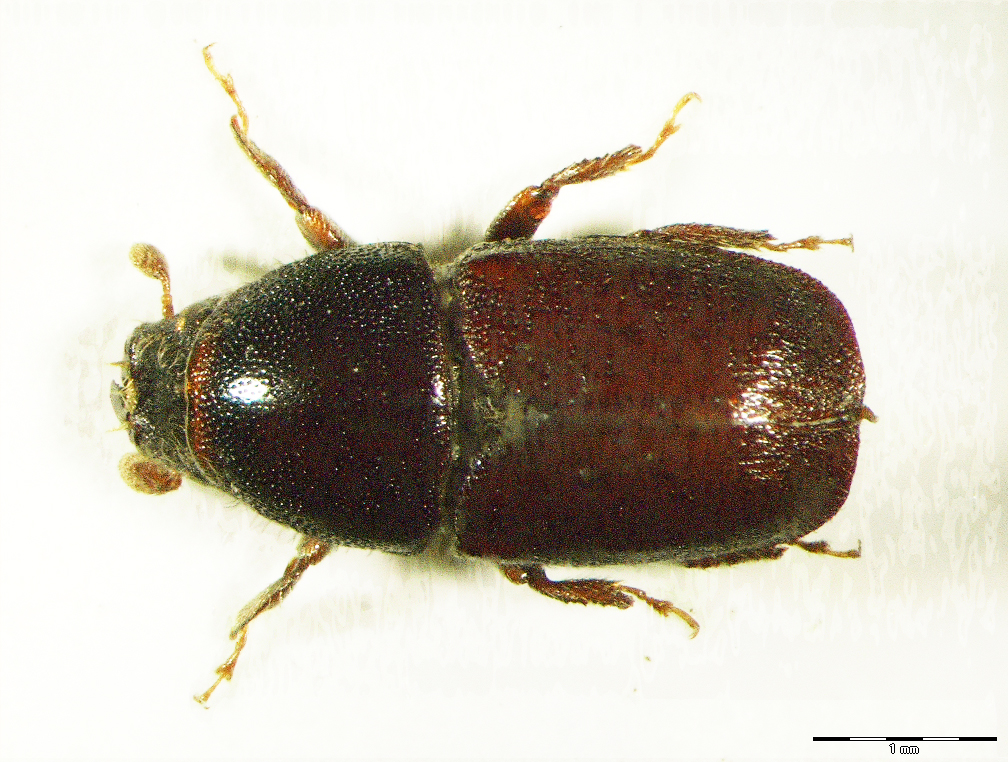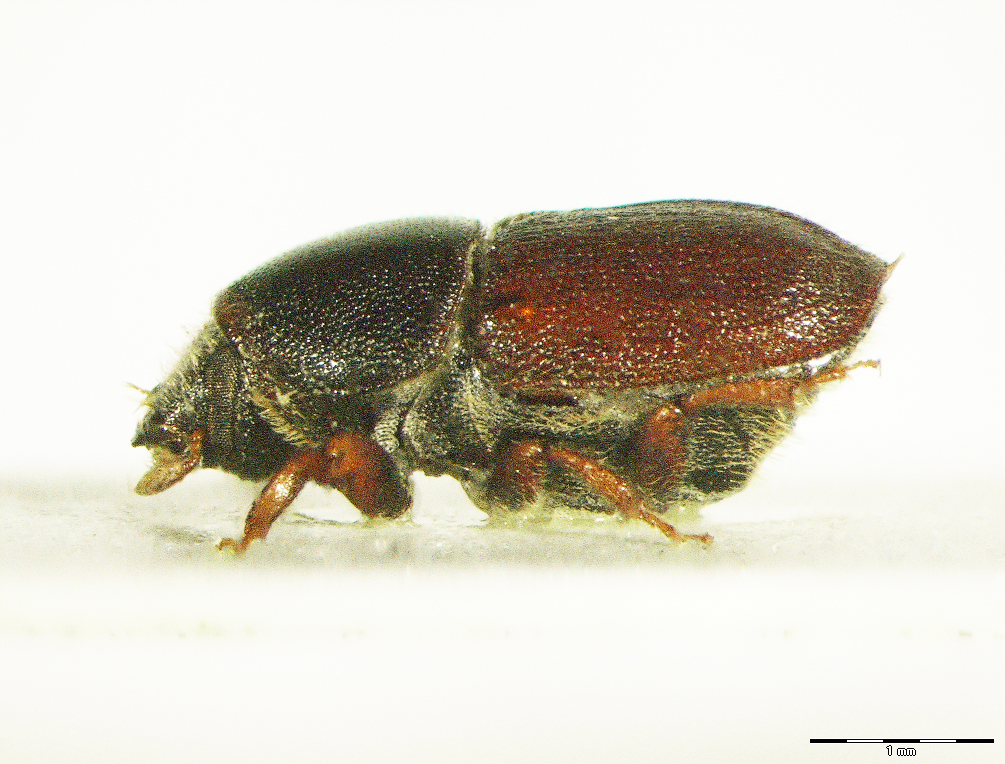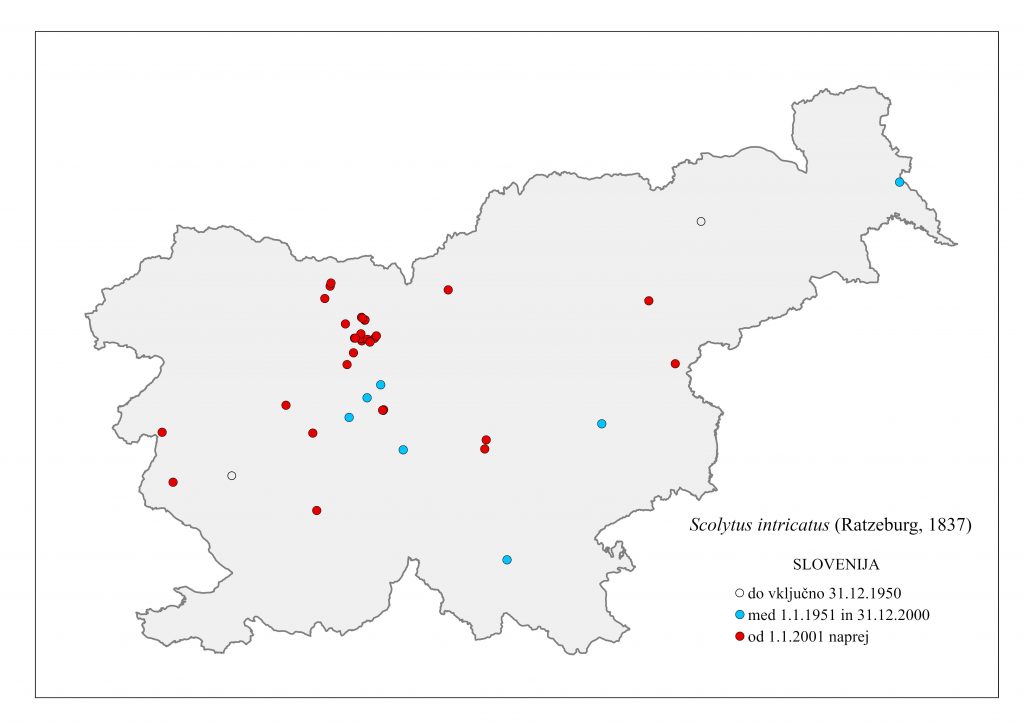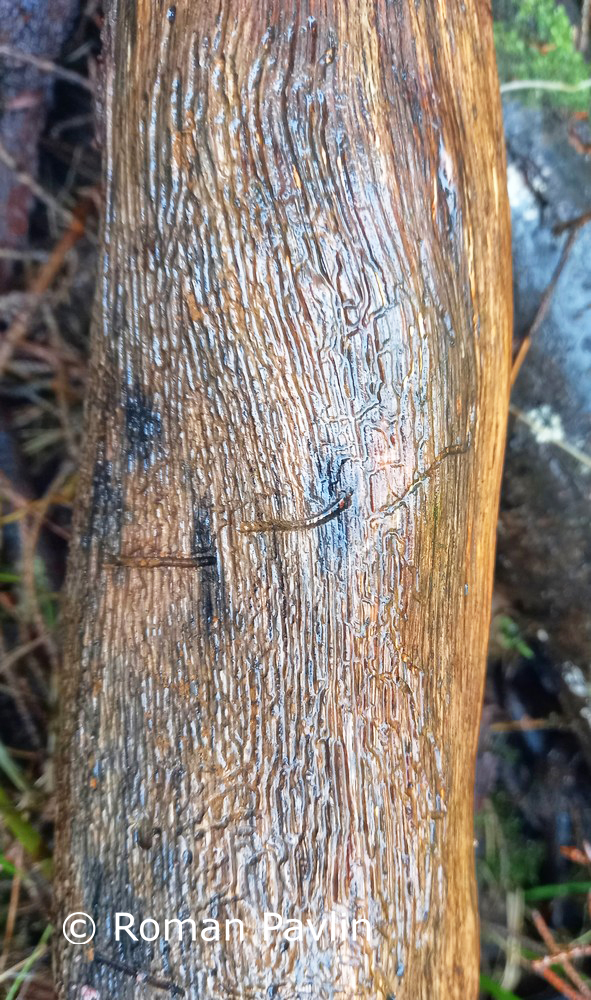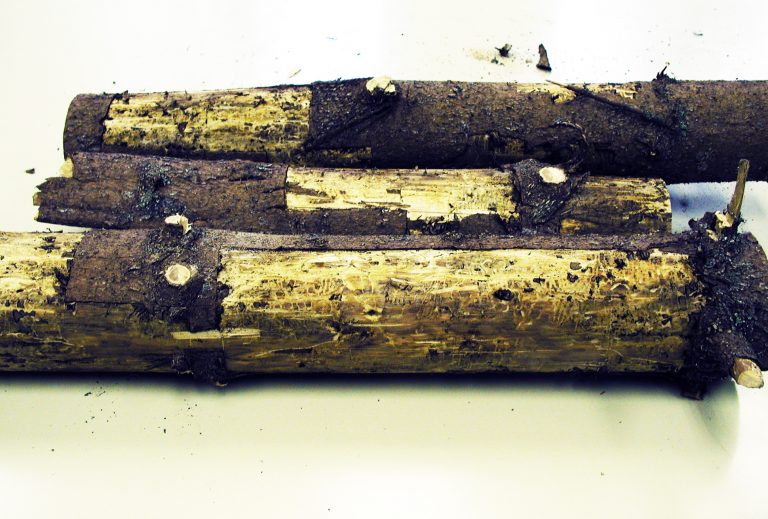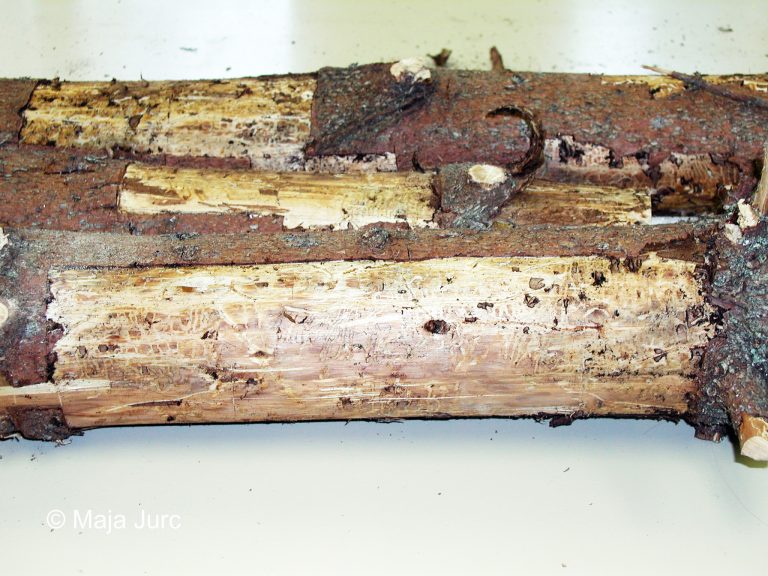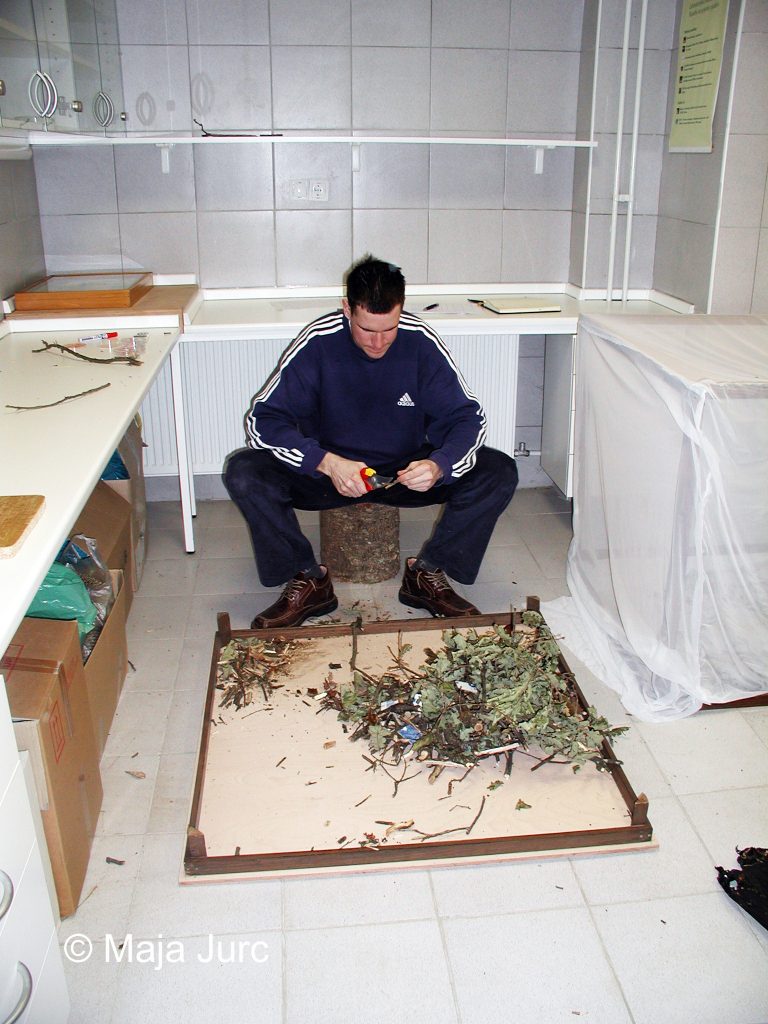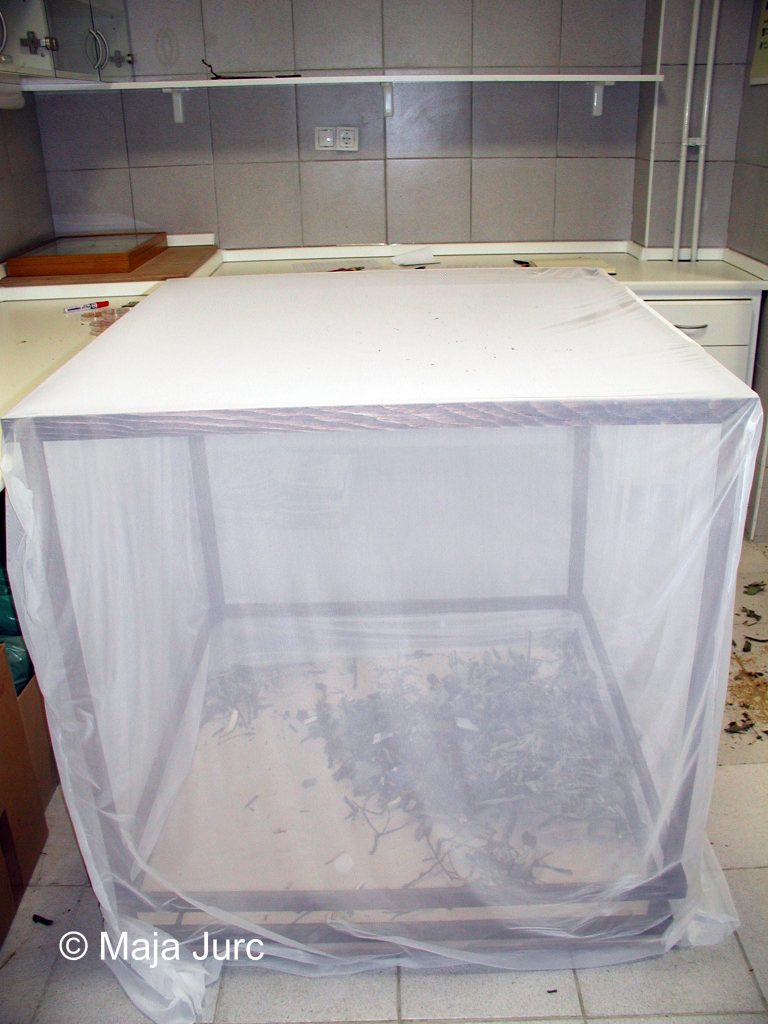32.02. Scolytus intricatus (Ratzeburg, 1837)
Presence
E: AB AU BE BH BU BY CT CR CZ DE EN FI FR GB GE GR HU IT KZ LA LT LU MC NL NR NT PL RO SK SL SP ST SV SZ YU »Caucasus«
N: AG MO TU
A: IN NC TR
Figure 151: Scolytus intricatus, dorsal, lateral (Photo: Maja Jurc)
Older catalogs and keys – citations of name
Siegel 1866: Scolytus intricatus Rtzb.; Grüne 1979: Scolytus intricatus Ratzeburg, 1837; Freude, Harde, Lohse 1981: Scolytus intricatus Ratzeburg; Titovšek 1988: Scolytus intricatus (Ratzeburg); Pfeffer & Knížek 1993: S. intricatus (Ratzeburg, 1837); Pfeffer 1995: S. intricatus (Ratzeburg, 1837).
Figure 152: Scolytus intricatus, distribution map according to historical and recent data
Ecology and presence in Slovenia
The species is found in southern, central and eastern Europe, northern Europe (with the exception of the southern Swedish highlands), the Caucasus, western Kazakhstan, Asia Minor, and northern Africa (Tunisia, Algeria, Morocco). Siegel (1866) states that the species is “not rare in Carniola, in standing and fallen oaks”. The species is relatively common in Slovenia, with only Koroška and Bela Krajina having no sites (Figure 152). Hosts include Quercus canariensis, Q. castaneifolia, Q. cerris, Q. coccifera, Q. frainetto, Q. ilex, Q. lusitanica, Q. petraea, Q, pubescens, Q. robur, Fagus orientalis, F. sylvatica, Ostrya carpinifolia, Castanea sativa, Carpinus betulus, Betula verrucosa, Populus tremula, P. alba, Sorbus aria, Ulmus spp. and Parrotia persica. In Slovenia, S. intricatus was found on Quercus petraea, Q. robur and only once on Ostrya carpinifolia. The phloemophagous monogamous species develops 1-2 generations per year, the first swarming in May and June, the second in September. The maternal tunnel system is uniramous transverse, the maternal gallery is only 1-3 cm long. The larval tunnels are longitudinal. Inhabits trunks and branches. The body is short, cylindrical, 2.4-4.2 mm long. The elytra run almost horizontally to the end of the abdomen, where they are roundly truncated. The abdomen rises obliquely from the 2nd sternite to the elytra. The body is black, the antennae, legs and elytra are reddish brown. The males two tufts of long hairs protrude like two rosettes on the head, from the edge of the frontal shield. In females the forehead is slightly convex and furrowed (Figure 151). The young beetles perform maturity feeding on last year’s and this year’s oak shoots or buds, so the species is both primary and secondary.

